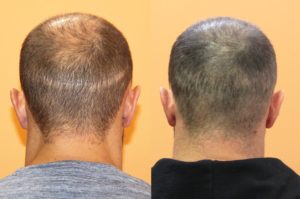A simulation of a hair follicle; this technique reduces the contrast between the color of the skin and that of the hair by introducing bio-absorbable micro pigments into the surface layer of the dermis.
An aesthetic solution for men and women who prefer a non-invasive and painless method to remedy their hair loss.



